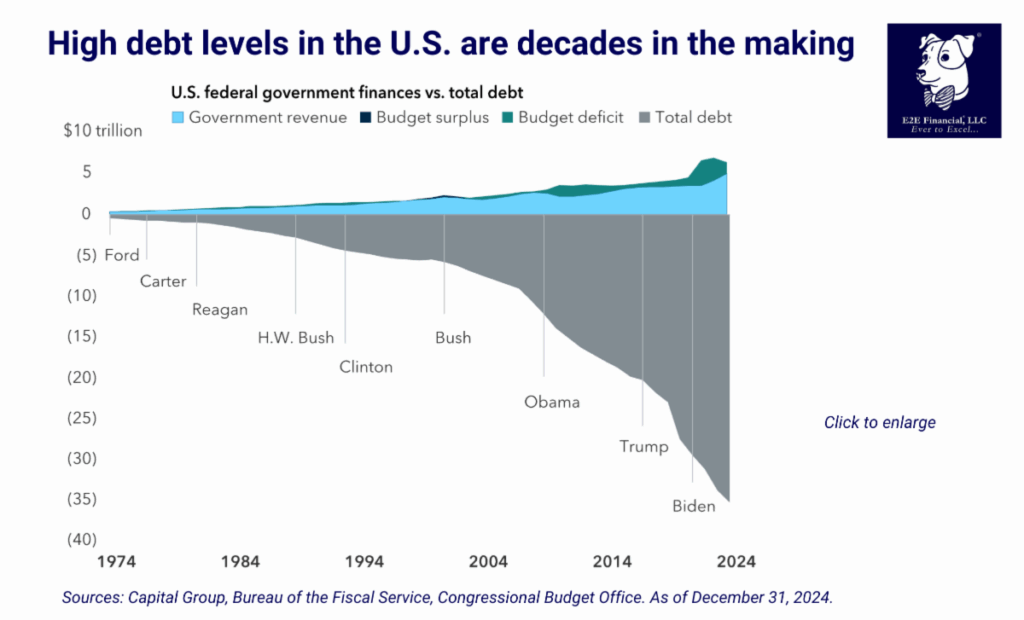
With President Donald Trump’s signature on the One Big Beautiful Bill Act (OBBBA), the federal government has provided some much-desired consistency around the direction of tax policy. The sprawling bill has so many components and areas of impact that it’s worth looking at how it may impact different categories of investors.
Below is a summary of some of the changes and provisions of the bill:
1. All taxpayers: Permanent income tax cuts
Tax changes in the bill take effect immediately and marginal income tax rates will continue to top out at 37%.
2. High net worth investors: Estate tax clarity
That exemption is already historically high and will increase from $13.99 million for individuals this year to $15 million in 2026 and be indexed for inflation in future years.
3. “High tax” states: Higher cap on deductions
The state and local tax (SALT) deduction cap was significantly increased, from $10,000 to $40,000.
4. Small business owners: Favorable treatment of income and expenses
For businesses with average annual gross receipts below $31 million, the reinstatement is retroactive to 2022, providing a boost to smaller businesses.
5. Those saving for education: An expanded approach to 529s
529 accounts now cover more K–12 and trade education expenses with a higher annual limit, and a new “Trump account” offers a one-time $1,000 federal gift for qualifying children born between 2026 and 2028.
Click here to read more from the Capital Group regarding the OBBBA and if you haven’t already…download the UPDATED tax numbers.
Need a second opinion on your portfolio? We can help! Schedule your FREE consultation.
Plus, your weekly market update is here.




